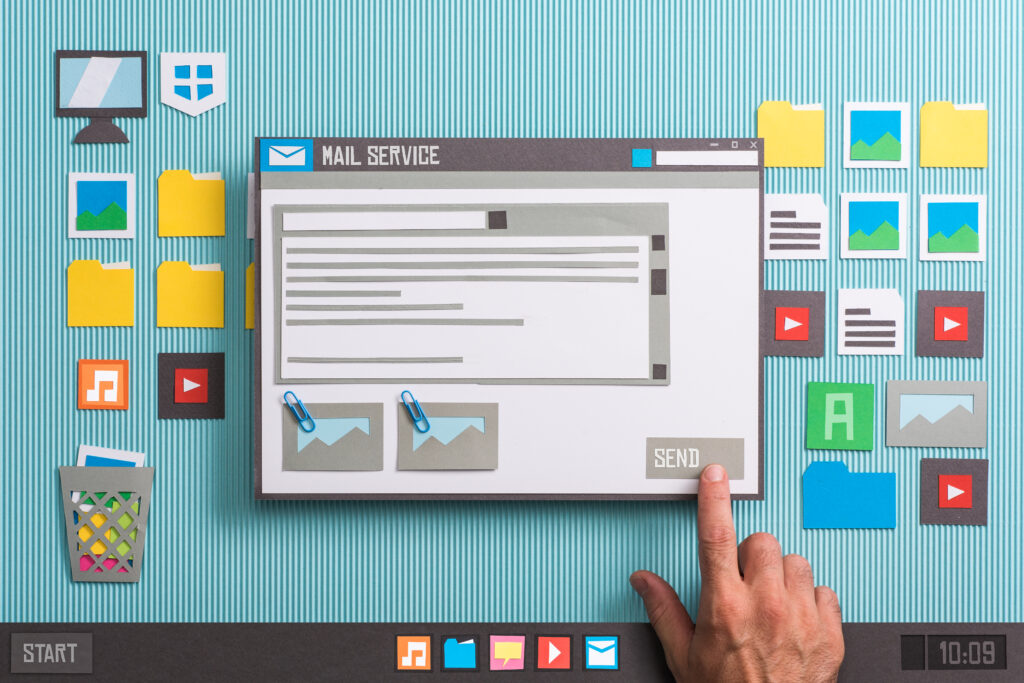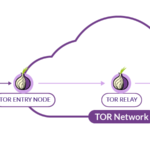Email is one of the most commonly used communication channels, but it also presents significant security risks due to the nature of its architecture. Attackers often use phishing emails as a way to trick users into providing sensitive information, downloading malware or clicking on malicious links. Here are some best practices for ensuring email security:
Use Strong Passwords and Two-Factor Authentication
Using a strong and unique password is the first step towards email security. Passwords should be at least eight characters long, containing a mix of upper and lowercase letters, numbers, and symbols. Enabling two-factor authentication (2FA) adds an extra layer of security, requiring both a password and a verification code to log in.
Be Cautious of Links and Attachments
Links and attachments are among the most common ways attackers spread malware or phishing attempts. Only download attachments or click on links from trusted sources, and use anti-virus software to scan attachments before opening.
Avoid Public Wi-Fi When Checking Email
Public Wi-Fi is not secure, and attackers can easily intercept emails on unsecured Wi-Fi networks. Avoid checking email on public Wi-Fi networks or use a virtual private network (VPN) for added security.
Keep Software Up-to-Date
Keeping your email client and operating system up-to-date is essential for security. New updates often include security patches that can protect against newly discovered vulnerabilities.
Use Encryption
To better protect sensitive information sent via email, use end-to-end encryption. This ensures that only the sender and receiver can decrypt the content, making it inaccessible to attackers.
Enable Spam Filters
Enabling spam filters can intercept and block suspicious emails, reducing the number of phishing attempts and other malicious emails that reach your inbox.
Regularly Back Up Emails
Regularly backing up emails can help you recover important data in case of a data loss or corruption incident. Consider backing up your emails to an external hard drive or cloud-based storage service.
Conclusion
Email security is essential for protecting sensitive information from attackers. By following these best practices, you can ensure that your email is secure and protect yourself from phishing attempts and malware attacks. Use strong passwords and 2FA, be cautious of links and attachments, avoid public Wi-Fi, keep software up-to-date, use encryption, enable spam filters, and regularly back up emails. Stay vigilant and stay secure.
Author Bio:
LearnPrivacy is a team of technology and cybersecurity experts with decades of experience. We have worked with numerous companies to protect organizations from cyber threats. We are passionate about educating individuals and businesses on digital privacy and security.







